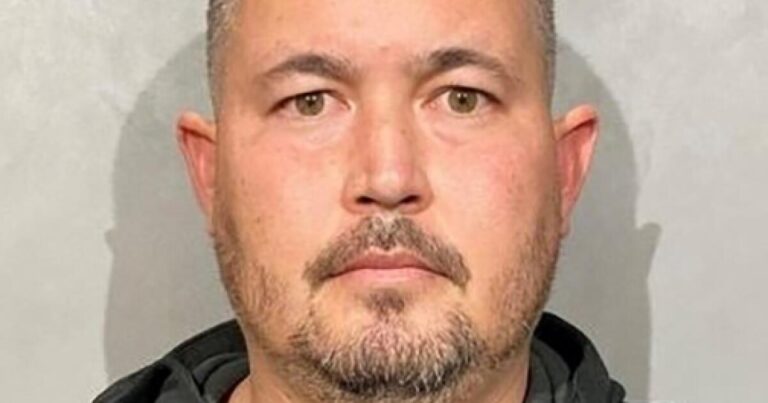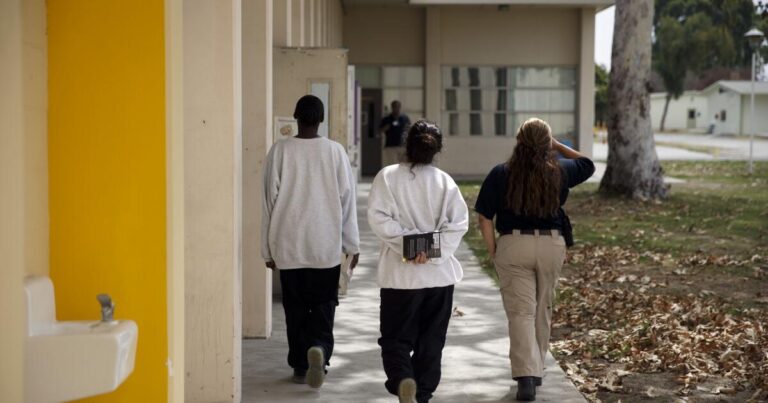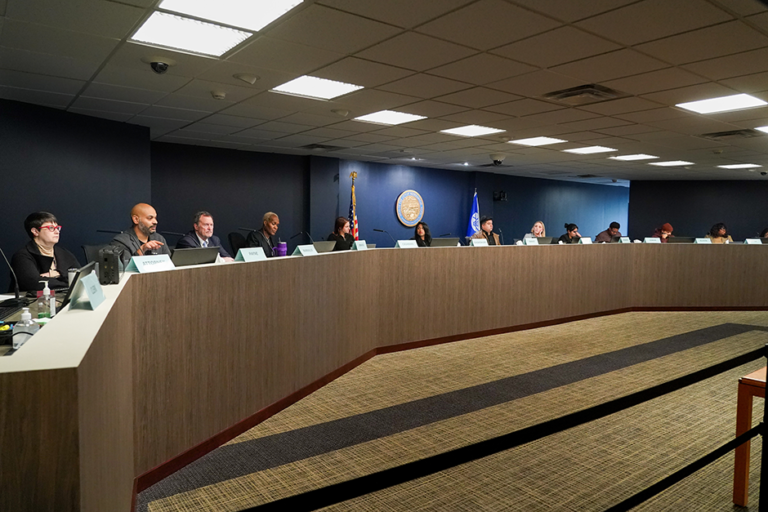On its surface, several things made this week’s Minneapolis budget unique from any budget prior:
- The city faces the expiration of federal pandemic relief dollars from the American Rescue Plan (a challenge cities across the country face).
- The City Council passed the mayor’s proposed budget with a record 71 amendments, including transferring funds away from the police department’s horse mounted patrol (and thanks to a council member who opposed this, we know the names of the horses being laid off: Haven, Maximillion, Buster, Blue, Trooper, Teak, Goliath, Rooster and Cabo).
- Mayor Jacob Frey vetoed the council-passed budget, the first budget veto in his tenure.
- The council overrode the mayor’s veto of the budget with a supermajority vote.
No matter what municipality you live in, this year’s budget process was primed to be tough with the looming Dec. 31 expiration of federal American Rescue Plan dollars. Parts of the budget priority shift also came from President-elect Donald Trump’s election, including discussion around support for the city’s immigrant, transgender and nonbinary communities.
But in Minneapolis, additional factors fed the unique aspects of this year’s budget process: next year’s elections for all City Council members and the mayor, plus the first budget cycle under a progressive majority council that’s often at odds with Frey. Why are council members running again after two-year terms? Redistricting changed the normal council election timeline.
The Tuesday meeting included its fair share of tense moments and tiffs, many of which were over how certain nonprofits and projects directly added to the budget via council member amendments. Ward 4 council member LaTrisha Vetaw lamented that she didn’t see enough representation of north Minneapolis in the nonprofits directly funded in these amendments. Ward 13 council member Linea Plamisano said the budget amendments felt like “trading money behind the scenes.”
Ward 8 council member Andrea Jenkins pointed to these expenditures as well, which included funding for projects by nonprofits like the Latino Center for Community Engagement, Mercado Central, One Southside and Mni Sota Fund.
“I am absolutely positive that each and every one of these organizations do enormously great work,” Jenkins said. “They serve a need, a deep need in our community, but there are hundreds of nonprofits in our community that do the same thing, and so we’re saying these three nonprofits are our favorites, and the other nonprofits don’t even get an opportunity to apply for these very limited funds.”
This talking point during budget deliberations led to moments of contention.
Council member Robin Wonsley called herself out for breaching council decorum after saying: “This idea that we’re just behind the scenes doing coordinated campaigns that I’ve heard — it’s just — I want to use whatever alternative word you could say to BS.” Any council member could bring forward budget amendments if they found a program particularly important, Wonsley added. “Bring an amendment,” she said. “It’s that easy.”
In his veto, Frey called the council’s budget “reckless” and claimed the budget will “increase property taxes for years to come” and that the council was reallocating money from essential city services to “fund pet projects.”
“Fiscally, times are tight — federal funding will likely be withheld, and state dollars are in short supply. We need to be responsible with our tax dollars,” Frey wrote.
After overriding Frey’s veto, council member Jeremiah Ellison, who is not running for reelection next year, said he’s proud of the council-passed budget and the work that went into it.
“Me and council member Palmisano, we come from a different culture of how things used to be, and I’ve spent the last year sort of grappling with the ways in which City Hall is changing,” Ellison said.
While Ellison said he did see partisanship deepening between the council and city administration, he emphasized that he does not see this divide driven by council leadership, but rather by the Frey administration.
“I think both sides of the government need to look in the mirror and figure out how we’re going to mitigate some of the fighting … how we make sure that staff are not caught in the crossfire,” Ellison said.
Ellison, who has served as a council member since 2018, also said he’s heard many of the same talking points used by the administration in years past to discourage council budget amendments.
“Ever since I’ve been in office, we’ve been told horror stories about what this is going to be for the next budget and so on and so forth. They’ve never come to fruition,” Ellison said.
The Minneapolis budget timeline
This year’s Minneapolis budget process has been a doozy. So here’s a timeline breaking down factors contributing to the process:
November 2023: Minneapolis elects a progressive-leaning supermajority to the City Council.
August 2024: Mayor Jacob Frey sets an 8.1% property tax levy increase cap for the 2025 budget (this he later increased to 8.3%).
Sept. 11: Frey submits his recommended budget.
Nov. 5: Donald Trump is elected president.
Friday, Dec. 6: The City Council’s Budget Committee starts a three-day-long set of budget deliberations, which included crafting over 70 proposed budget amendments.
Tuesday, Dec. 10: With a 10-2 vote, the City Council passes a $1.9 billion budget and 6.8% tax levy increase. The final budget included 71 total amendments to the mayor’s proposed budget.
Wednesday, Dec. 11: Frey vetoes the council’s budget.
Thursday, Dec. 12: The council overrides the mayor’s veto with a 9-4 vote.
Wednesday, Dec. 18: The state deadline for municipalities to have an approved budget.
Dec. 31: American Rescue Plan Act (ARPA) funds for cities across the nation expire.
Related
















